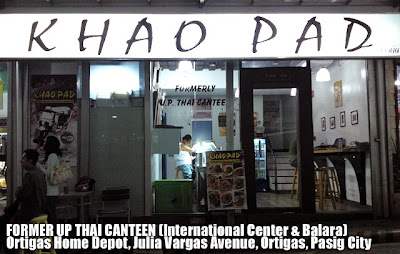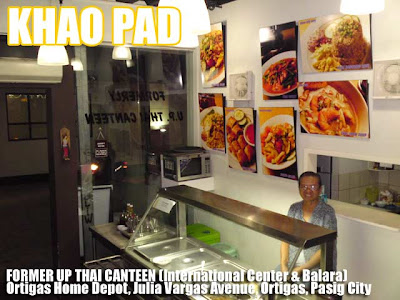 Unbelievable! Greedy! Stupid! That is all I could say when I saw these photos of the original American housing in Camp John Hay flattened to make way for new developments. I used to be so happy that at least Camp John Hay was still an enclave of Baguio heritage and green. But that was until I saw these photos!
Unbelievable! Greedy! Stupid! That is all I could say when I saw these photos of the original American housing in Camp John Hay flattened to make way for new developments. I used to be so happy that at least Camp John Hay was still an enclave of Baguio heritage and green. But that was until I saw these photos!It's really stupid. No, really! The new buildings they construct have no connection whatsoever to the history of Baguio. They should stick to the distinctive green and white architecture of the American colonial period. These developers are giving Camp John Hay a serious identity problem. They continue to destroy its unique character. The simple elegance of these decades-old houses would have been unmatched if they had been restored. Now what? Will they build second-rate copies of houses in the Alps?
 Jack Carino writes, "More of old Baguio's distinctive green-and-white architecture gone!!! Photos taken January 30, 2009. So not even a toot from conservation activists. I enter Camp John Hay maybe twice or thrice a month to check on the sale of our magazines and I didn't get a clue that this was going on! Probably the demolition was done stealthily? Or traffic was rerouted when this was done?
Jack Carino writes, "More of old Baguio's distinctive green-and-white architecture gone!!! Photos taken January 30, 2009. So not even a toot from conservation activists. I enter Camp John Hay maybe twice or thrice a month to check on the sale of our magazines and I didn't get a clue that this was going on! Probably the demolition was done stealthily? Or traffic was rerouted when this was done?"Anyway, I think that the Camp John Hay managers have no sense of history and heritage. They will probably build European-inspired structures just like the Manor and the Suites.
"Those vestiges of Baguio's American colonial past should have been preserved and whatever they are going to construct there should be brought to the Baguio outskirts."
Dion Fernandez tells us more, "I spoke to a representative of the John Hay Management Corporation last month, and the demolition job seen in Mr. [Wilson]'s photos is part of their plan to create an exclusive 'playground of the rich,' which runs contradictory to 'quiet dignity' as promised in the turnover manuscript posted over at the Bell House. A luxury neighborhood is expected to rise where those simple houses have fallen. The only American Heritage area left would be the so-called 'Historical Core,' which unfortunately will also eventually be 'developed' as per the architectural plans found on a balcony also outside Bell House.
"Meanwhile, I have seen the plans of the Ayala Corporation to put up a massive BPO building within Camp John Hay. Yes, it is a concrete/glass structure. Yes, pine trees will be destroyed to make way for this behemoth."
Isn't that just horrible? There are just a few pristine areas left in Baguio City. Let's preserve what's left of the heritage and environment of Baguio, especially those wonderful pine trees!
Many thanks to Ronald Hilton for taking and allowing me to use the photos and to Jack Carino for forwarding them to the HCS. At least we know now the stupidity that is happening in Camp John Hay. It's time for Baguio citizens to be vigilant! Wake up Baguio! Let's put an end to this nonsense!
Related articles
Is Baguio a hopeless case?

















































